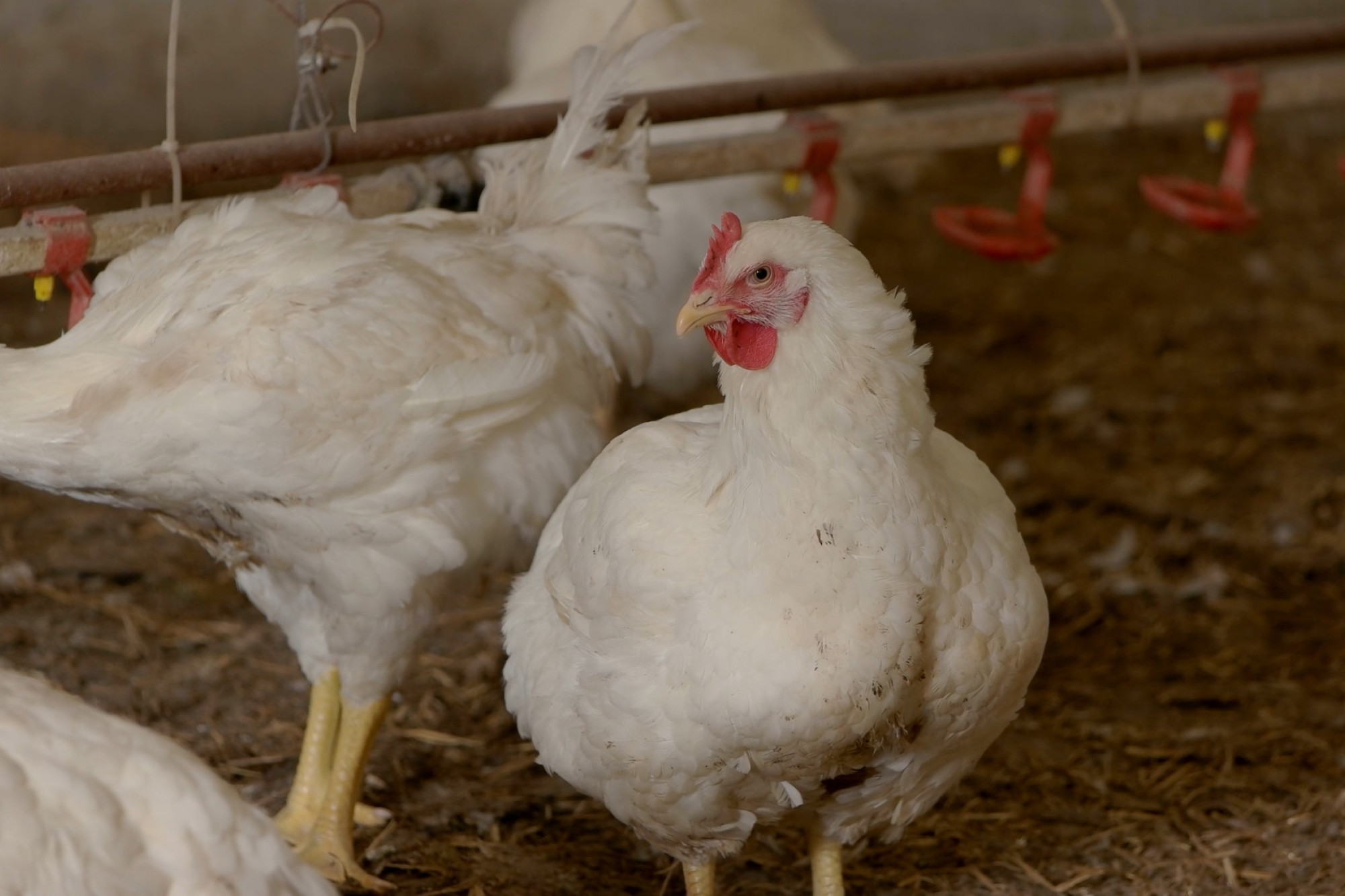Council & Business
28 July, 2022
Council approves broiler farm despite concerns
Construction of a 400,000 bird capacity broiler farm just outside of Carisbrook has been given the green light without public notification or consultation by the Central Goldfields Shire Council despite several councillors raising concerns...

Construction of a 400,000 bird capacity broiler farm just outside of Carisbrook has been given the green light without public notification or consultation by the Central Goldfields Shire Council despite several councillors raising concerns.
A planning permit for the new broiler farm, set to be located at 683 and 705 Baringhup Road, Carisbrook, was approved unanimously at this week’s ordinary council meeting with 43 conditions.
According to the report tabled at this week’s council meeting, the permit application was exempt from public advertisement conditions as under the Victorian Code for Broiler Farms 2009 (plus 2018 amendments), the farm falls under class A requirements and as such, its advertisement was explicitly prevented by the Victorian Government.
The facility itself will house a maximum of 400,000 birds across six sheds, each standing at almost five metres in height and will operate around the clock 365 days a year.
It will be the third broiler farm in that area of Carisbrook, with other farms located at 396 Bald Hill Road and at 3080 Pyrenees Highway.
Although moving a motion to grant the planning permit to the broiler farm, councillor Geoff Lovett said he had an issue with the application’s exemption from public consultation.
“Within Central Goldfields Shire we now have a number of established broiler farms in the Strathlea area, on the Moolort Plains and now on the Carisbrook-Baringhup Road,” he said.
“Because this application satisfies all class A requirements, it is therefore exempt from the need to be publicly advertised and I personally have an issue with this.
“Broiler farms, by their very nature, can be divisive and to me it is a simple courtesy for abutting landowners to be informed of a proposal.
“If all requirements of the planning scheme are met as in this case, there is nothing for them (the applicant) to fear from the neighbours being notified and I think that’s a weakness in the broiler farm code.”
The report states the farm falls under class A requirements as its capacity is between 10,000 and 400,000 birds and the minimum separation distance requirement between the broiler farm and neighbouring buildings is fully contained within the farm boundary.
The application outlined plans to treat and dispose of effluence on-site as well as a design to implement sustainable land management practices, while also generating employment in the community.
The nearest third-party dwellings to the facility are at least 900 metres away and because the dwellings are located within farming zones, according to the report there is “generally a lower expectation for residential amenity values” which would not be significantly impacted by the facility.
The report states the broiler farm would generate around 820 vehicle visits to the site each year and would access the facility via Hurses Lane, which would be upgraded at the applicant’s expense to accommodate B-Double trucks.
According to the report tabled to council, access to and from the broiler farm must be from Hurses Lane via Baringhup Road with no alternative routes permitted without prior approval.
Cr Lovett said he felt it was unlikely this condition would be adhered to.
“One unforeseen consequence of broiler farms is increased usage of local roads by heavy vehicles and this story has unfolded in recent years, with some local shire roads deteriorating years prematurely,” he said.
“For this proposal there is a designated route for trucks to follow, however we all know it’s human nature — drivers will find the most convenient route and this may not be on suitable roads.”
According to the application, deceased birds would be removed from the site and disposed of daily to the satisfaction of the Environment Protection Authority, which Cr Lovett also raised concerns about.
“This permit requires, and I quote, ‘dead birds must be collected daily and removed from the site while being appropriately managed and disposed of’,” he said.
“My question is where? I believe the Carisbrook Transfer Station is not licensed to accept putrescible waste or commercial waste, so rhetorically I ask, are the dead birds to be transported to a licensed facility somewhere or simply dumped down a mine hole which I feel is totally unacceptable.
“In my opinion, we as a council not only approve applications but have an ongoing duty of care to ensure permit conditions are maintained for the wellbeing of all of our residents.”
During the meeting, councillor Grace La Vella also questioned where deceased birds would be disposed of and who would manage Hurses Lane moving forward, given the expected increase in usage.
It was unclear where the carcasses would be disposed of, however council officers stated the road would be upgraded by the permit holders at their expense while future maintenance would fall back to council.
Councillor Wayne Sproull noted the organisation expected the applicants to adhere to the conditions placed on the permit, which he stated council would police.
“We see on numerous occasions, and not particularly in this shire, but these conditions are put into applications and once they’re approved, those conditions aren’t necessarily met,” he said.
“We need the operators of these facilities to be good corporate citizens and council also needs to police these conditions where possible.”